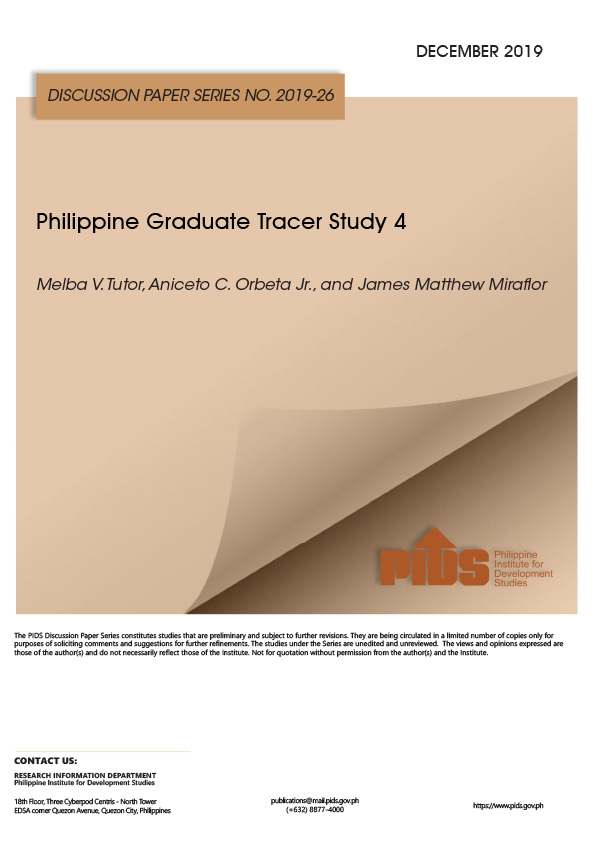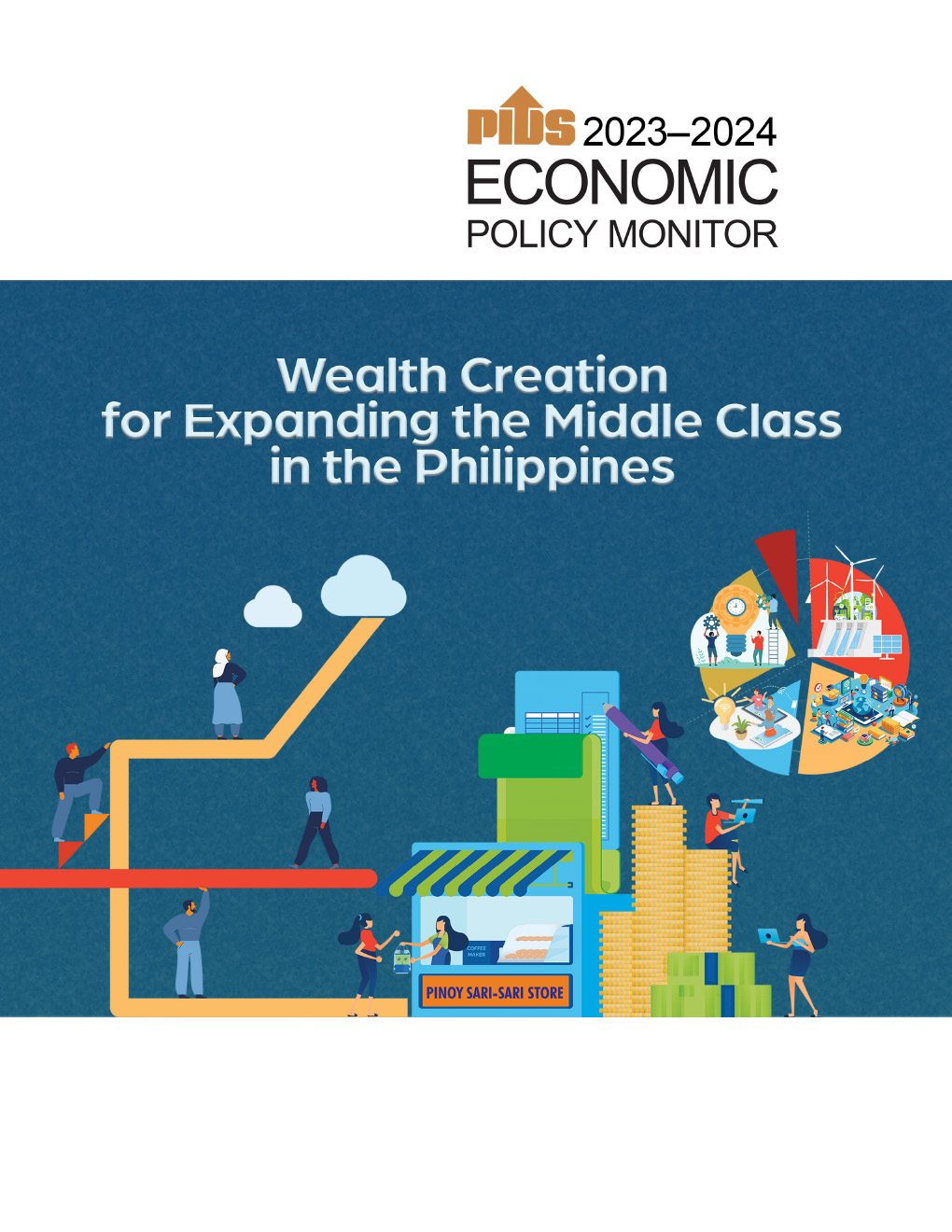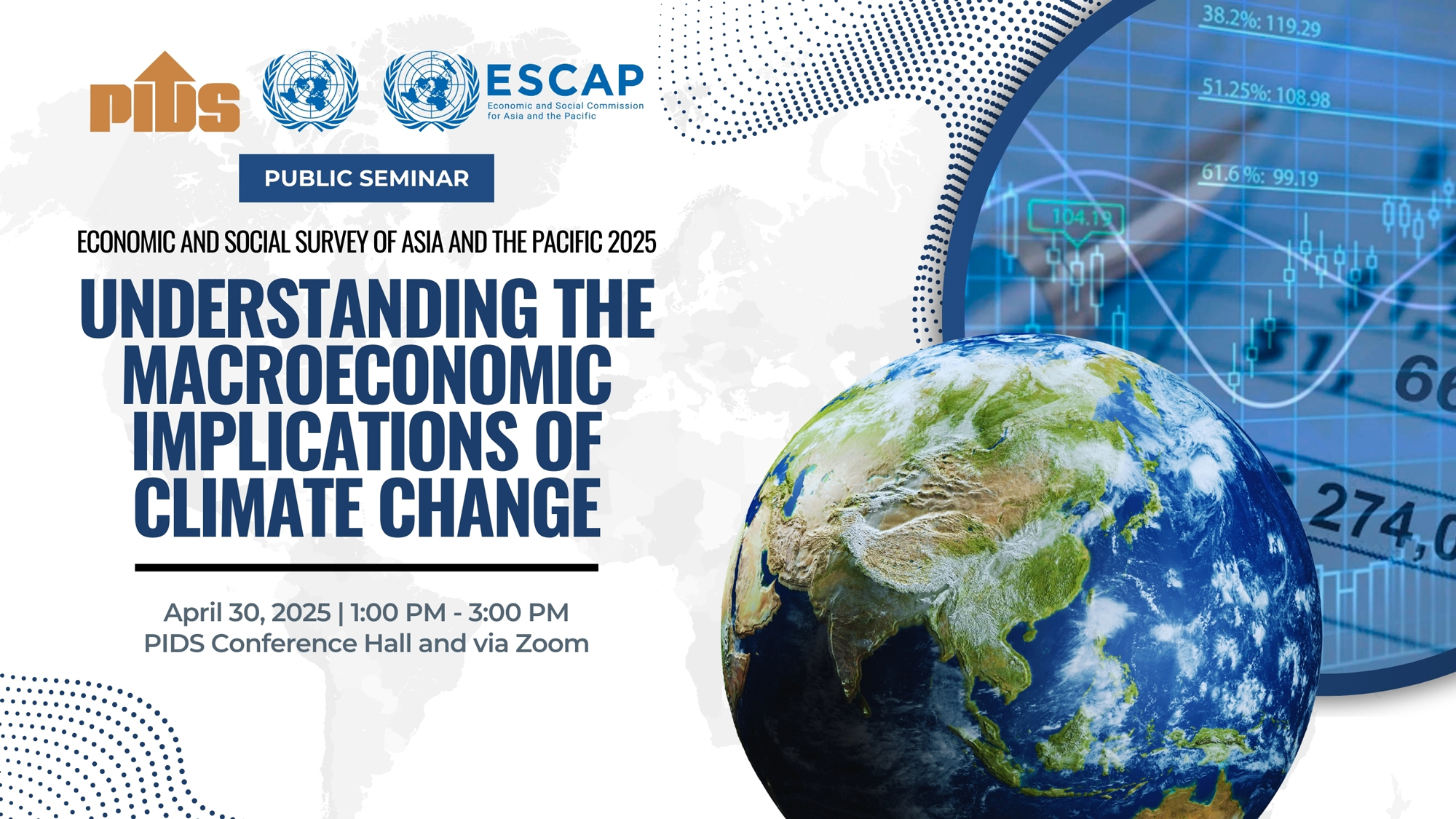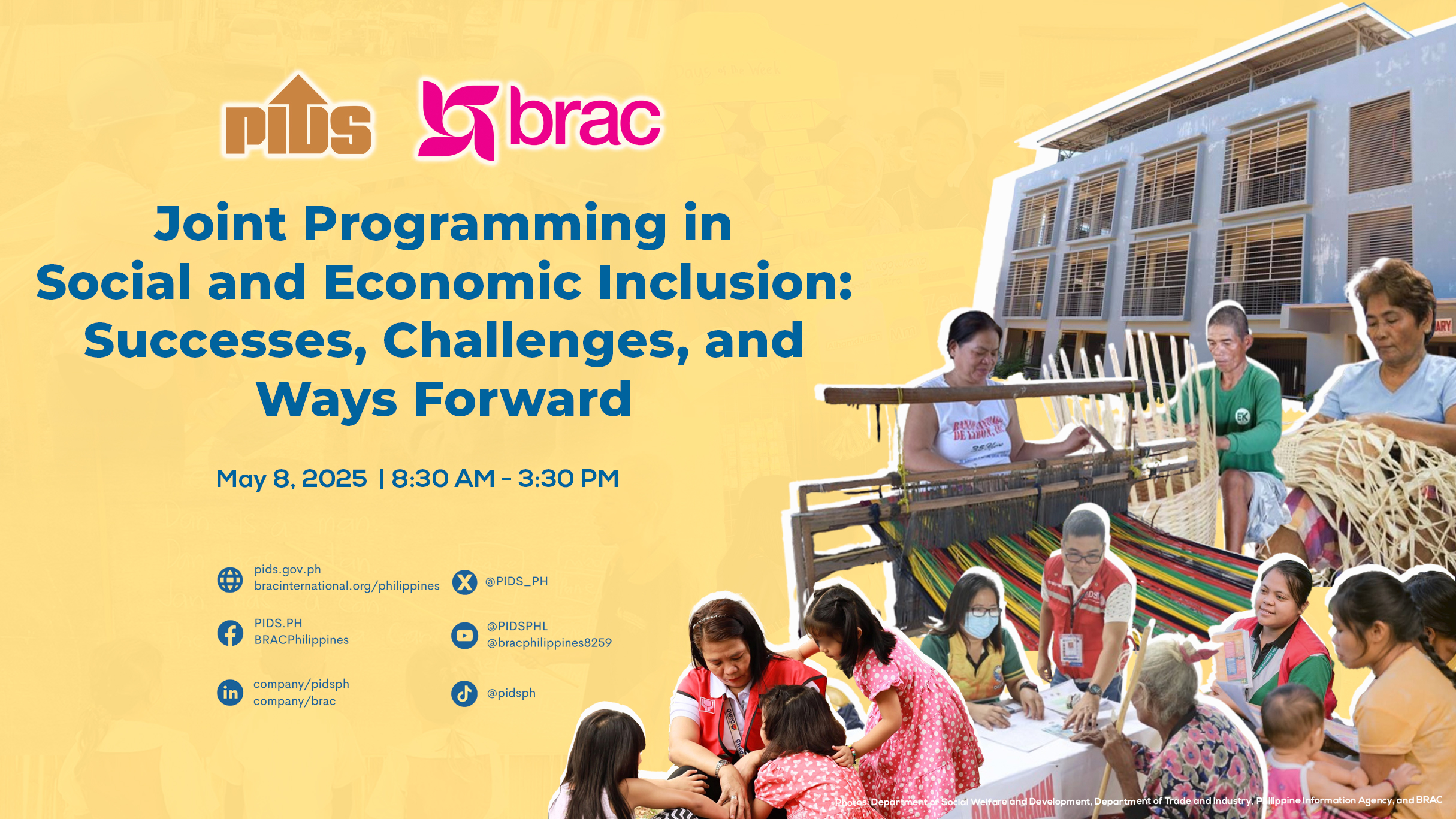Using a global computable general equilibrium model, the paper analyzes the potential effects of Regional Comprehensive Economic Partnership (RCEP) on the Philippine economy. The analysis involves an 80-percent reduction in tariffs and 10 percent in nontariff barriers within RCEP member-countries over a 10-year period. The results indicate trade creation within RCEP. Exports of RCEP to nonmembers decline. Within RCEP, the improvement in exports of the six non-ASEAN members is relatively higher than the Association of Southeast Asian Nations (ASEAN) members. Viet Nam benefits the most among ASEAN members. Exports of the rest of ASEAN increase as well, including the Philippines. The entry of cheaper rice in the Philippines benefits lower income households. The entry of cheaper textiles benefits the garments industry. On the whole, Philippine gross domestic product improves by 3 percent and welfare by USD 2 billion. Philippine poverty declines from 24.9 percent to 23.3 percent.
Citations
This publication has been cited 7 times
- Tchoffo, Rodrigue Nobosse and Ibrahim Ngouhouo. 2020. . Applied Economics and Finance, 7, no. 2, 67-84. Redfame publishing.
- Bernie Cahiles-Magkilat . 2021. . Manila Bulletin.
- BusinessMirror. 2018. . BusinessMirror.
- Dagooc, Ehda. 2017. . Philippine Star.
- Department of Trade and Industry . 2021. . Department of Trade and Industry.
- Malaya Business Insight. 2018. . Malaya Business Insight.
- Velasco, Ed. 2017. . The Daily Tribune.













